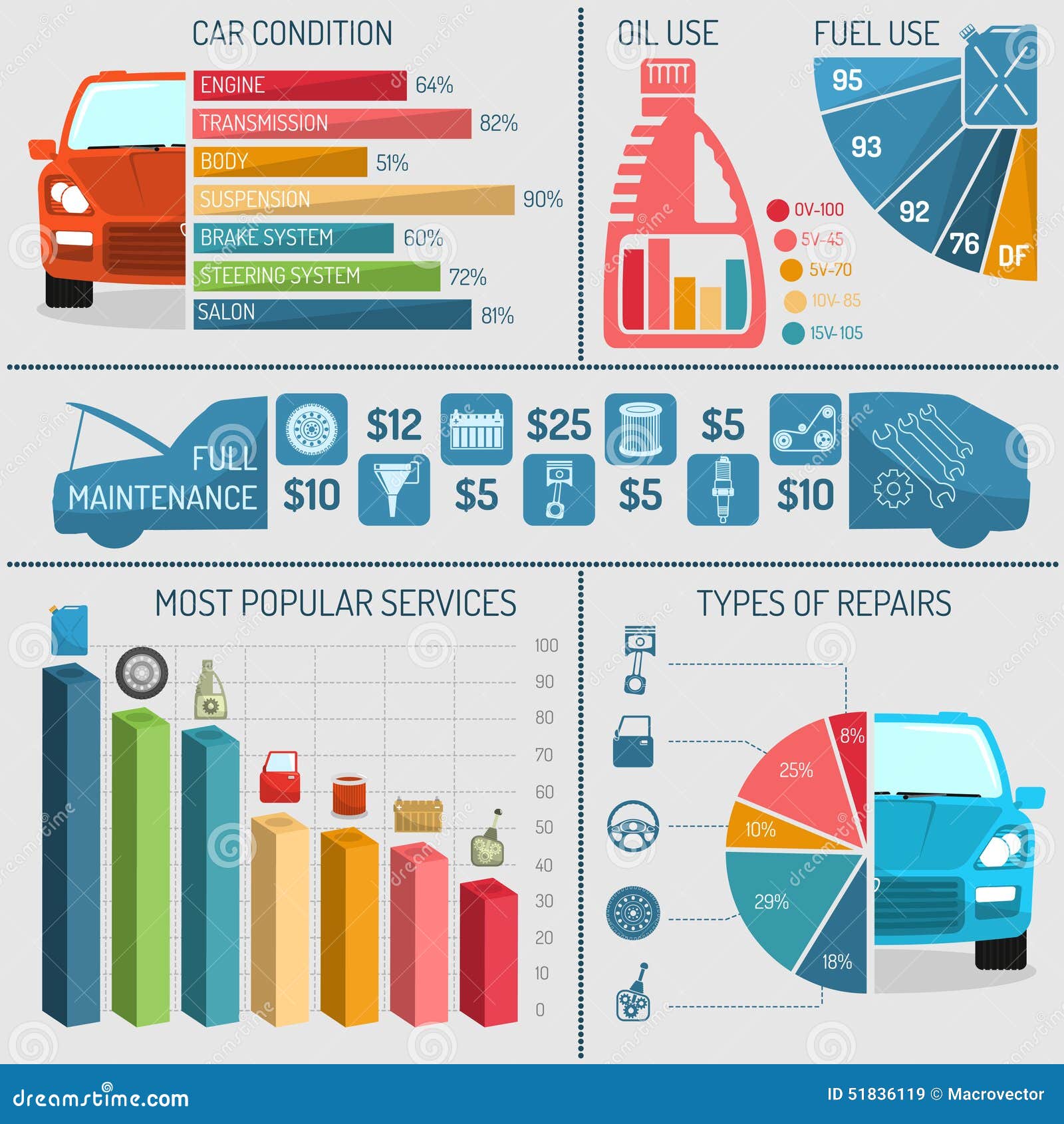Translating Your Car'S Alert Lights: Their Real Effects
Translating Your Car'S Alert Lights: Their Real Effects
Blog Article
Post Written By-Hartley Alvarado
When you're behind the wheel, those radiant warning lights on your dashboard can be a little bit puzzling. Do you understand what they're trying to tell you concerning your vehicle's health and wellness? Recognizing https://www.globenewswire.com/en/news-release/2022/01/03/2360341/0/en/Automotive-Aftermarket-Size-to-Hit-US-950-1-Billion-by-2027.html of these lights is crucial for your safety and the durability of your vehicle. So, the next time among those lights appears, wouldn't you wish to analyze its message accurately and take the essential steps to resolve it?
Common Caution Lighting and Interpretations
Determine typical caution lights in your vehicle and understand their significances to guarantee secure driving.
The most normal caution lights consist of the check engine light, which indicates concerns with the engine or emissions system. If this light comes on, it's important to have your automobile inspected immediately.
The oil stress cautioning light shows reduced oil pressure, needing prompt interest to avoid engine damages.
A flashing battery light might suggest a malfunctioning billing system, possibly leaving you stranded otherwise dealt with.
https://chassispartscar95172.ja-blog.com/29996432/reveal-the-important-aspects-that-will-certainly-assist-you-in-picking-the-appropriate-care-and-maintenance-for-your-vehicle (TPMS) light notifies you to low tire stress, impacting vehicle security and fuel performance. Ignoring this can lead to risky driving conditions.
https://carecutuning84061.bloggactif.com/30772431/a-systematic-procedure-for-rejuvenating-and-shielding-the-inside-of-your-cars-and-truck indicates a problem with the anti-lock braking system, endangering your capacity to stop swiftly in emergencies.
Last but not least, the coolant temperature level cautioning light warns of engine getting too hot, which can cause extreme damages if not settled promptly.
Understanding these common warning lights will certainly help you deal with issues promptly and keep safe driving conditions.
Importance of Prompt Attention
Understanding the typical warning lights in your automobile is only the first step; the importance of immediately dealing with these warnings can not be emphasized sufficient to guarantee your safety and security on the road.
When a caution light illuminates on your control panel, it's your automobile's method of interacting a prospective problem that requires focus. Ignoring these warnings can cause much more severe troubles later on, endangering your safety and security and potentially costing you a lot more in repairs.
Motivate interest to cautioning lights can protect against break downs and crashes. For example, a flashing check engine light can indicate a misfire that, if left neglected, might cause damages to the catalytic converter. Resolving this without delay can save you from a pricey fixing.
In a similar way, a brake system warning light may indicate reduced brake liquid or worn brake pads, vital components for your safety when driving.
DIY Troubleshooting Tips
If you see a warning light on your dashboard, there are a couple of DIY troubleshooting tips you can attempt before seeking expert help.
The initial step is to consult your auto's handbook to understand what the particular warning light shows. In some cases the issue can be as simple as a loosened gas cap triggering the check engine light. Tightening up the gas cap might deal with the problem.
Another common concern is a reduced battery, which can activate numerous cautioning lights. Examining the battery connections for deterioration and guaranteeing they're safe and secure might take care of the issue.
If a caution light continues, you can try resetting it by detaching the auto's battery for a few minutes and afterwards reconnecting it. In addition, examining your automobile's liquid degrees, such as oil, coolant, and brake fluid, can aid troubleshoot advising lights related to these systems.
Verdict
Finally, comprehending your vehicle's caution lights is essential for maintaining your car running efficiently and safely. By without delay dealing with these alerts and knowing what they imply, you can prevent costly repairs and possible failures.
Remember to consult your auto's guidebook for specific information on each warning light and take action accordingly to make sure a trouble-free driving experience.
Keep informed, remain check over herea -free when driving!
